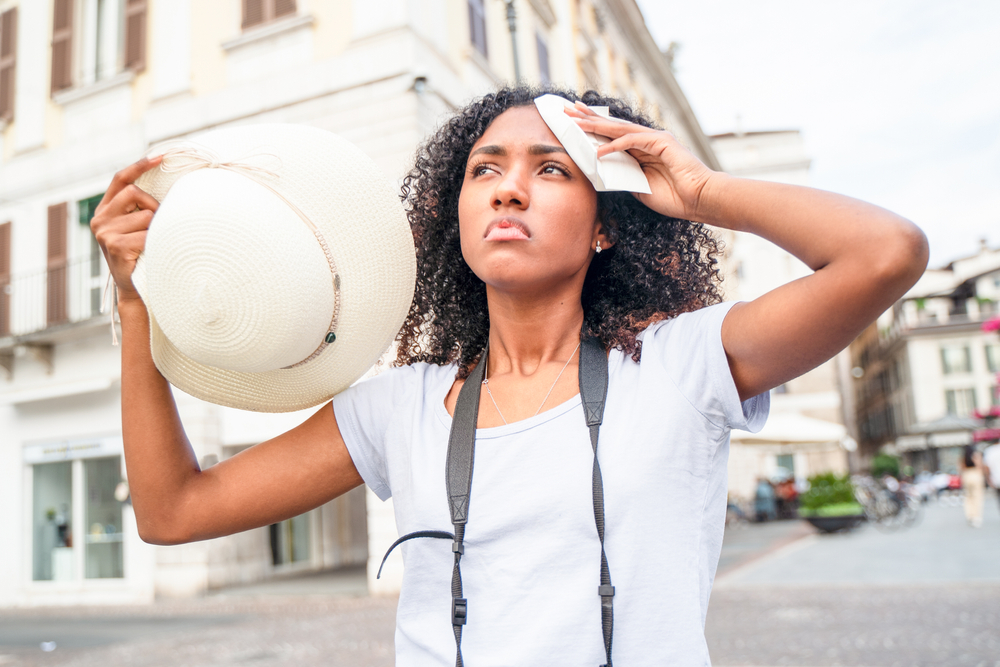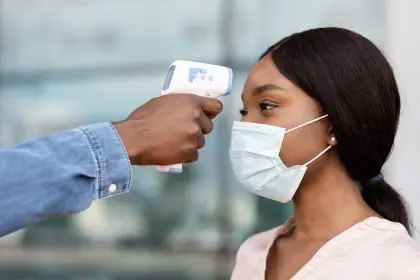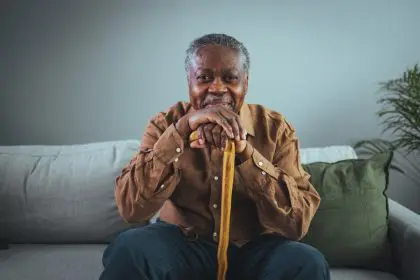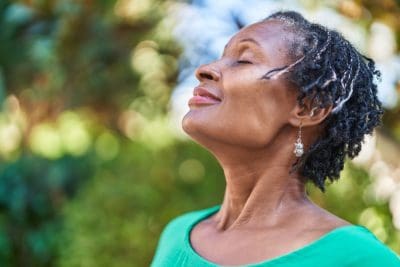Summer’s warmth can feel inviting, but when temperatures soar into relentless heatwaves, the body struggles to keep up. Across cities and towns, extreme heat doesn’t strike evenly—it preys on those least equipped to cope. Infants, seniors, outdoor workers, people with chronic illnesses, and low-income households face the brunt of this invisible threat. These groups, bound by physical or economic limits, grapple with dangers that turn sweltering days into health crises. Below, we explore five vulnerable populations, numbered for clarity, and how heatwaves challenge their well-being, alongside efforts to ease the burden.
1. Infants: Fragile systems under strain
Infants, with their tiny bodies and developing systems, face unique risks when heatwaves hit. Their ability to regulate temperature is limited, making them prone to dehydration and heat exhaustion. Sweat glands, still maturing, can’t cool them effectively, and high humidity traps heat against their skin. In urban areas, where concrete radiates warmth, cribs in unventilated rooms become stifling, raising the risk of fever or worse.
Parents often notice fussiness or lethargy, signs of distress that escalate fast without relief. Car seats, strollers, or apartments without air conditioning amplify the problem, especially in neighborhoods with spotty power grids. Cooling centers exist, but transporting a baby through blazing streets isn’t always feasible. Community programs try to help, distributing fans or offering shaded parks, but gaps remain. For infants, every degree matters, and heatwaves test their fragile resilience.
2. Seniors: Aging bodies lose ground
Seniors, particularly those over 65, find heatwaves especially taxing. Aging slows the body’s cooling mechanisms—sweating becomes less efficient, and blood vessels don’t dilate as quickly to shed heat. Medications for heart conditions or diabetes, common among older adults, can worsen dehydration, leaving them dizzy or faint. Isolation compounds the issue; many live alone, hesitant to leave home or unaware of rising risks.
Urban heat islands, where asphalt and buildings trap warmth, turn senior apartments into ovens, especially without air conditioning. Rural areas aren’t spared—sprawling homes with poor insulation bake under relentless sun. Cooling stations open during heatwaves, but mobility issues or fear of crowded spaces keep some away. Volunteers deliver water or check in, and cities expand shade structures, but the challenge persists. For seniors, heat isn’t just discomfort—it’s a quiet threat to fragile health.
3. Outdoor workers: Relentless exposure takes toll
Outdoor workers—construction crews, landscapers, delivery drivers—face heatwaves head-on, with little escape. Long hours under blazing sun push bodies to the brink. Sweat-soaked clothes offer no relief, and dehydration sets in fast, clouding focus and slowing reflexes. Heatstroke looms, with symptoms like nausea or confusion signaling danger. Workers in heavy gear, like road pavers, face even higher risks, as protective layers trap heat against skin.
Breaks are often short, driven by tight schedules or job demands. Water stations help, but not every site has shade or cooling tents. In rural fields or urban lots, access to rest areas varies, leaving workers exposed. Some industries now mandate rest periods during heat alerts, and unions push for better conditions, but enforcement lags. For these laborers, heatwaves turn jobs into endurance tests, with health hanging in the balance.
4. People with chronic illnesses: Conditions flare in heat
Chronic illnesses, from asthma to heart disease, flare under heat’s pressure, making those affected acutely vulnerable. High temperatures strain lungs, triggering asthma attacks in humid air thick with pollen or smog. Heart conditions worsen as vessels work overtime to cool the body, raising risks of palpitations or strokes. Diabetes complicates matters—heat messes with insulin storage, and dehydration spikes blood sugar.
Medication access adds hurdles. Power outages during heatwaves can disable refrigerated drugs, while pharmacy runs feel daunting in triple-digit weather. Homebound patients, reliant on deliveries, face delays when roads buckle or drivers slow. Clinics offer cooling spaces, but long waits deter those already frail. Nonprofits distribute portable fans, and cities map heat-safe routes, but the gaps are wide. For those with chronic conditions, heatwaves aren’t just tough—they’re a health minefield.
5. Low-income households: Resources stretch thin
Low-income households, often in underserved neighborhoods, bear heatwaves’ weight with fewer defenses. Many lack air conditioning, relying on open windows that let in humid air. Older homes, common in these areas, trap heat with poor insulation or leaky roofs. Utility bills spike with fan use, forcing choices between cooling and groceries. Urban heat islands hit hardest here, where sparse trees and endless pavement bake streets.
Public transit, a lifeline, becomes a sauna—bus stops lack shade, and trains falter in extreme heat. Cooling centers, while free, aren’t always nearby, and distrust of public spaces keeps some away. Community groups step in, handing out water or opening church basements, but demand outpaces supply. Cities expand green spaces and subsidize energy costs, but progress is slow. For these households, heatwaves highlight inequities, turning survival into a daily math problem.
Why heat hits hard
Heatwaves exploit vulnerabilities in ways that ripple beyond the thermometer. Physiology plays a role—bodies with less adaptability, like those of infants or seniors, buckle faster. Environment matters too. Cities amplify heat with concrete jungles, while rural areas leave people isolated from aid. Economic barriers lock many into tough choices, prioritizing basics over comfort.
Systemic issues deepen the strain. Decades of uneven urban planning left some areas with fewer parks or clinics, amplifying risks for low-income groups. Climate shifts make heatwaves longer and fiercer, outpacing aging infrastructure like power grids or drainage systems. Health disparities, rooted in access gaps, mean chronic conditions go unmanaged, worsening outcomes. These threads weave a complex challenge, where nature and society collide.
Efforts to ease the burden
Communities refuse to sit idle. Across vulnerable groups, small but vital steps take root. Libraries and malls open as cooling hubs, offering free refuge with water and Wi-Fi. Nonprofits deliver fans to seniors and low-income homes, while volunteers check on isolated neighbors. Schools teach kids heat safety, equipping families with tips like hydration schedules.
Cities adapt too. Tree-planting campaigns add shade to barren streets, and solar-powered cooling stations pop up in parks. Subsidies help cover utility bills, easing financial strain. Workplace rules shift—some regions now require shade and breaks for outdoor crews during heat alerts. These efforts, though stretched, show a growing awareness that heat’s harm demands action, not just endurance.
A hotter horizon
The five groups—infants, seniors, outdoor workers, people with chronic illnesses, and low-income households—face heatwaves with grit, but the risks remain stark. Each sweltering day tests their limits, from fragile lungs to tight budgets. Yet, in their struggle lies a broader truth: heatwaves reveal gaps that society can mend. More shade, better clinics, fairer wages—all could lighten the load.
For now, these vulnerable bodies navigate a warming world with resilience. Community fridges hum, neighbors share ice, and cities plant seeds for cooler days. The fight isn’t over, but the will to adapt burns stronger than the fiercest summer sun, carving a path toward safer seasons.












